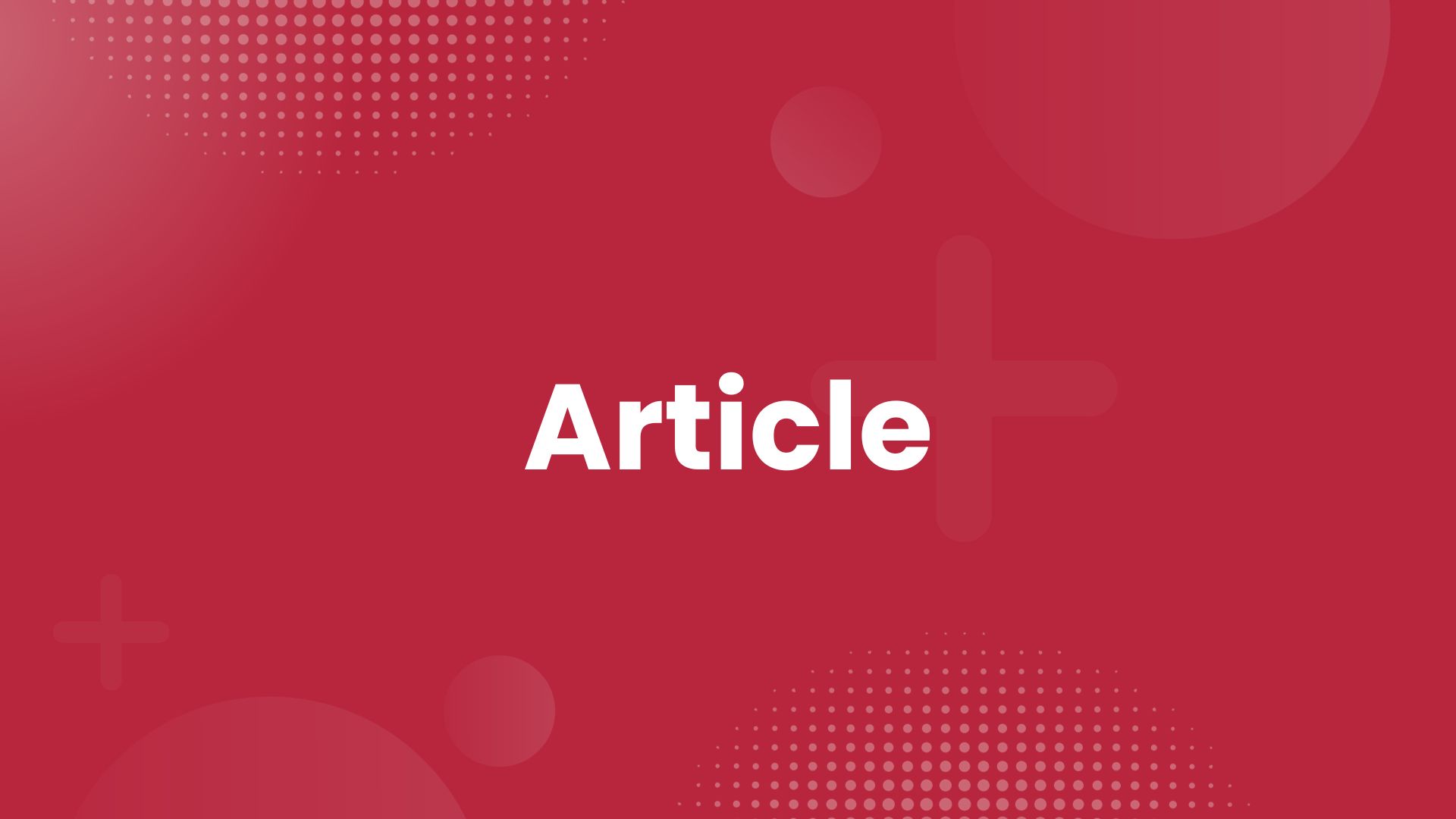You are not alone if you have ever felt woozy after standing up way too quickly. Many people experience this phenomenon called orthostatic hypotension at least once in their lives.
Although it disappears just as fast as it begins, it is understandable why it may cause concern to some.
An overview of orthostatic hypotension
Orthostatic hypotension occurs when your blood pressure drops whenever you instantly shift from sitting or lying down to a standing position. The drop in blood pressure is mainly because of the blood pooling at the lower part of the body.
It takes your system a bit of time to compensate for the sudden movement by squeezing the blood from the veins in the legs and increasing heart activity in response to the sudden physical activity. This dizziness may occur after finishing a meal since digestion diverts blood flow, resulting in naturally lower blood pressure.
If the orthostatic hypotension is only mild happens on occasion, there is no need for aggressive treatments. However, if this dizziness is accompanied by a feeling of weakness or fainting that may result in falls, it is recommended to get evaluated by a doctor immediately.
Thanks to the ever-increasing prevalence of telemedicine in Singapore, getting a doctor consultation is quick and easy and can be done without leaving your home.
How to prevent dizziness
If this lightheadedness from a swift change in body position is only mild and happens just occasionally, here are some steps to prevent it:
Check your medication
Some medications come with side effects that temporarily decrease blood pressure. Often, these medications are the reason for most cases of orthostatic hypotension.
Consult with your doctor if it is possible to lower the medication doses or discontinue those you no longer need.
Drink plenty of fluids
Another possible cause of this dizziness is dehydration. Since blood is mainly made up of water, the volume present in your body may drop down overnight and lead to lower blood pressure. This explains why some people experience lightheadedness immediately after rising.
Drinking plenty of fluids before going to sleep may sound like the logical solution, but this can result in having to take a bathroom break well before sunrise, disrupting your sleep. Instead, wait until after waking up before taking in fluids, and gradually drink more throughout your day.
Stand up slowly
After remaining stationary for a length of time, such as lying in bed or sitting in front of a desk, take your time in standing up. It also helps if you clench your leg muscles to push up the pooled blood back up into your system.
Change some of your dietary habits
If you notice that dizziness occurs right after meals, try dividing them into smaller portions but eating more frequently in a day.
Another thing to consider is limiting the carbohydrates you consume in a sitting, such as white rice, white bread, and potatoes.
Get in some exercise
Light exercise every morning is a great way to get your blood moving and naturally increase blood pressure levels. While on the topic of physical activities, take note of these subtle signs you need to exercise more and improve your physical health in the process.
An important reminder
Contact your doctor immediately if this frequently occurs and ultimately results in a fainting spell. If necessary, they can prescribe you medications for orthostatic hypotension.
However, it is still recommended to try the tips mentioned above first. Making those small changes in a couple of areas may negate the need to take medication.
Conclusion
Getting momentary dizziness from standing too abruptly is usually no cause for concern. With a few lifestyle changes and medication if necessary, this phenomenon goes away on its own. However, if the feeling of a fainting spell occurs, it is best to seek an online doctor in Singapore immediately and get proper medical attention.
If you need medical assistance with your orthostatic hypotension today, seek a doctor via the MyCLNQ app. As the leading app for telehealth in Singapore, you can get access to medical supports, such as doctor consultations, private ambulances, and prescribed medicine delivery, all within the comforts of your home.

